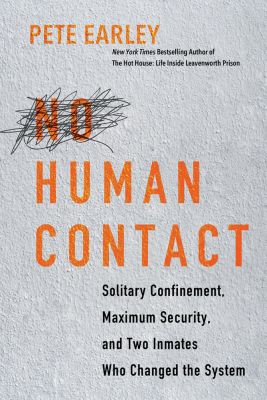NO HUMAN CONTACT by the New York Times bestselling author of The Hot House, Pulitzer Prize finalist Pete Earley takes readers inside the criminal justice system, examining the brutal lives of those in solitary confinement in an eye opening narrative of reprehensible crime, draconian punishment, and seemingly impossible reform in the harshest depths of the country's most dangerous prisons. In 1983, Thomas Silverstein and Clayton Fountain, both serving life sentences at the U.S, Prison in Marion, Illinois, separately murdered two correction officers on the same day. The Bureau of Prisons condemned both men to the severest punishment that could legally be imposed, one created specifically for them. It was unofficially called 'no human contact.' Each initially spent nine months in a mattress-sized cell where the lights burned twenty-four hours a day. They were clothed only in boxer shorts, completely sealed off from the outside world with only their minds to occupy their time. Eventually granted minimal privileges, Fountain turned to religion and endured twenty-one-years before dying alone of natural causes. Silverstein became a skilled artist and lasted thirty-six years, longer than any other American prisoner held in isolation. Amazingly, both men found purpose to their existence while confined in the belly of the beast. Pete Earley-the only journalist to be granted face-to-face access with Silverstein-examines profound questions at the heart of our justice system. Were Silverstein and Fountain born bad? Or were they twisted by abusive childhoods? Did incarceration offer them a chance of rehabilitation-or force them to commit increasingly heinous crimes? NO HUMAN CONTACT elicits a uniquely deep and uncomfortable understanding of the crimes committed, the use of solitary confinement, and the reality of life, redemption, and death behind prison walls.

